Apex predators, or top carnivores, play a vital role in maintaining the health and balance of ecosystems. These creatures sit at the very top of the food chain and are essential for controlling the populations of other species, ensuring biodiversity, and preventing overgrazing or the depletion of resources. Apex predators are characterized by their hunting prowess, exceptional physical traits, and strategic behaviors. This article will explore the top 10 apex predators in the world, providing an in-depth look at their hunting techniques, physical capabilities, and ecological significance.
The killer whale, or orca, is undoubtedly one of the most formidable apex predators in the ocean. Orcas are intelligent, highly social animals that work in coordinated pods to hunt their prey. These creatures can grow up to 32 feet long and weigh over 12,000 pounds, making them one of the largest and most powerful marine mammals.
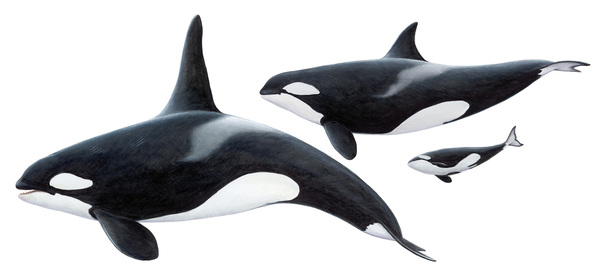
Orcas are apex predators because they feed on a wide range of prey, including fish, seals, and even large whales like gray whales and sperm whales. Their hunting techniques are sophisticated and include coordinated attacks, often using the environment to trap or isolate prey. Orcas' ability to work together in teams to hunt is a key factor in their dominance of the ocean's food chain.
The polar bear is the largest land carnivore and has evolved to thrive in the Arctic's harsh, frozen environment. Adult males can weigh up to 1,500 pounds and measure more than 10 feet from head to tail. Polar bears primarily hunt seals, using their acute sense of smell to detect prey from miles away.
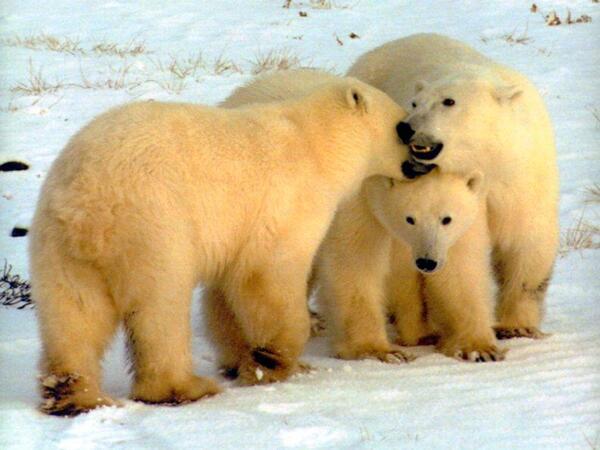
Polar bears are unique among apex predators because they are highly specialized for cold environments. They can survive for long periods without food by relying on their fat stores, which help them endure the Arctic's extreme conditions. Their incredible strength and speed when hunting seals make them the undisputed predators of the Arctic.
The brown bear is found in forests, mountains, and tundra across North America, Europe, and Asia. It is known for its massive size and power. Some males can grow over 8 feet long and weigh over 1,000 pounds. Brown bears are opportunistic feeders and are capable of hunting large mammals such as deer, moose, and even smaller bears.
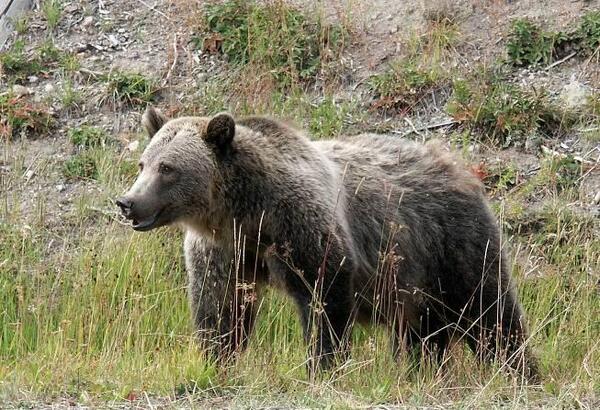
One of the most notable traits of brown bears is their ability to forage for a variety of food sources, including plants, berries, and fish. This omnivorous diet does not diminish their hunting capabilities, as they are also efficient predators. Their ability to hunt and scavenge makes them adaptable apex predators.
While often overlooked in favor of larger carnivores, the spotted hyena is a highly efficient predator. Native to sub-Saharan Africa, these animals are known for their powerful jaws and their ability to hunt in packs. Hyenas are unique in that they are both opportunistic hunters and scavengers, often taking over kills made by larger predators such as lions and cheetahs.
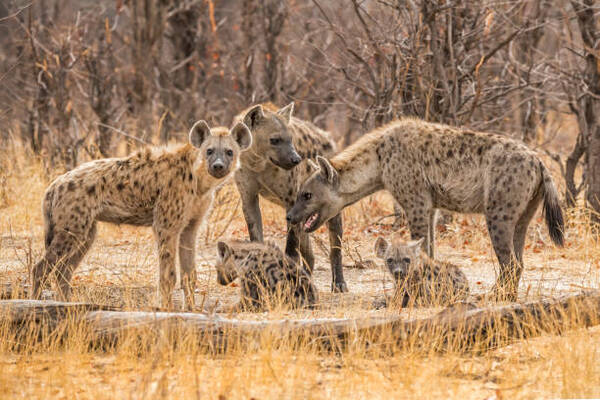
Hyenas have the strongest bite force relative to body size of any land carnivore, capable of breaking bones and consuming nearly every part of their prey, including skin, hooves, and bones. Their social structure, which revolves around cooperative hunting, is a key factor in their success as apex predators.
The Siberian tiger, also known as the Amur tiger, is the largest tiger subspecies and one of the most powerful carnivores on Earth. Native to the Russian Far East and parts of China, Siberian tigers can reach lengths of up to 12 feet and weigh up to 800 pounds. They are solitary hunters and primarily prey on large mammals such as roe deer, sika deer, and wild boar.
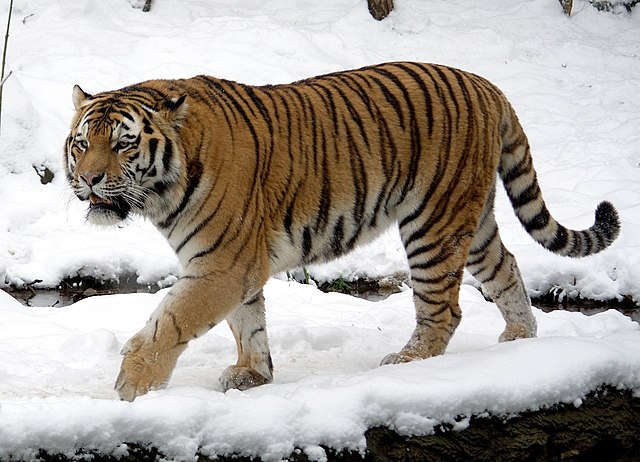
Siberian tigers are known for their stealth and patience when hunting. They can stalk their prey for miles and use their powerful limbs to ambush and take down large animals. As apex predators, Siberian tigers help control populations of herbivores and prevent overgrazing in their ecosystems.
The African lion is perhaps the most iconic apex predator in the world. Known as the "king of the jungle," lions are found in the grasslands and savannas of sub-Saharan Africa. Lions live in social groups called prides, and their coordinated hunting strategies make them formidable predators. Female lions typically hunt in groups, using tactics such as surrounding prey and driving it toward waiting lions.
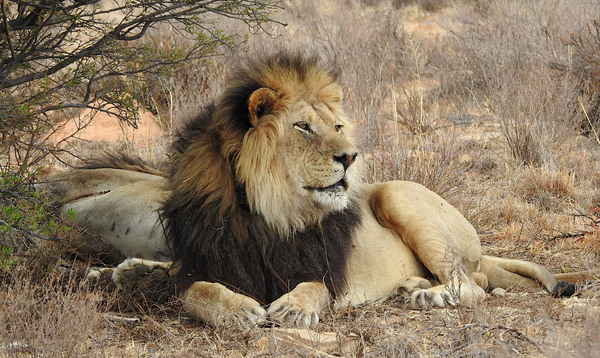
Lions' ability to hunt large animals, such as zebras, wildebeests, and buffalo, and their strong social bonds make them one of the most successful apex predators. Male lions are also known to defend the pride's territory, protecting it from other predators and ensuring the survival of the group.
The jaguar is the largest cat in the Americas and an apex predator of the tropical rainforests and savannas of Central and South America. Jaguars are known for their powerful jaws, capable of crushing skulls and breaking the bones of large prey. Unlike most other big cats, jaguars often kill their prey by delivering a fatal bite to the skull, piercing the brain.
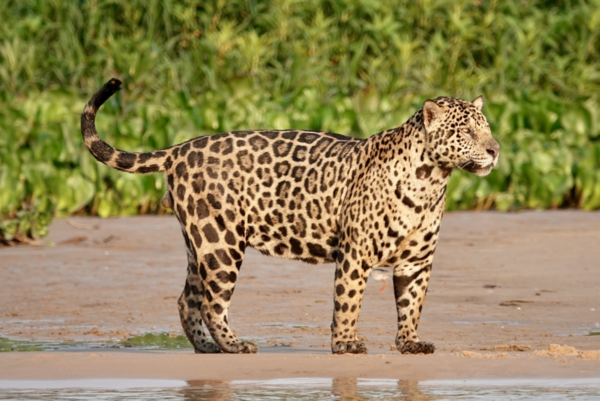
Jaguars primarily hunt medium to large mammals, including deer, capybaras, and tapirs. They are also adept swimmers and frequently hunt aquatic prey such as caimans and fish. Their stealth, strength, and versatility make them the dominant predators in their ecosystems.
The saltwater crocodile, the largest living reptile, is an apex predator that rules the coastal regions of Southeast Asia, Northern Australia, and parts of India. These crocodiles can grow up to 23 feet in length and weigh over 2,000 pounds. Their hunting methods are based on ambush, lying in wait for prey to come near the water.
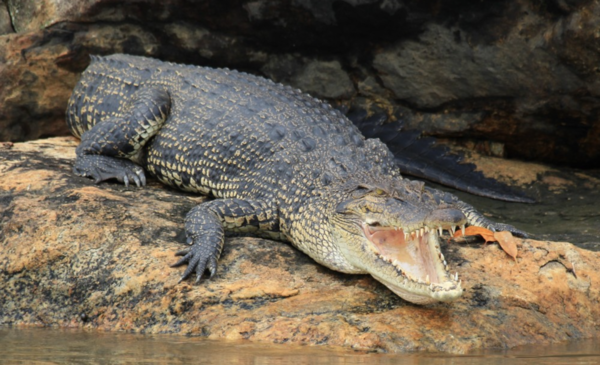
Saltwater crocodiles are capable of taking down large animals such as buffalo, sharks, and even humans. Their immense strength, sharp teeth, and stealth make them one of the most dangerous and efficient predators on the planet.
The puma, also known as the mountain lion or cougar, is a solitary apex predator found in North and South America. Pumas are highly adaptable and can survive in a wide range of habitats, from dense forests to rugged mountains. They are skilled ambush hunters and prey on a variety of animals, including deer, elk, and smaller mammals.
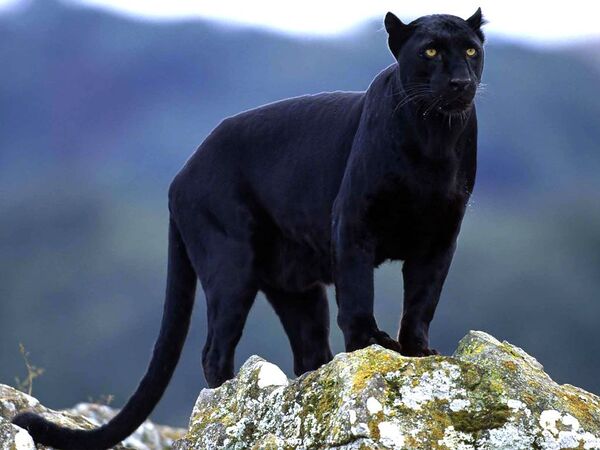
Pumas are known for their incredible agility, strength, and stealth. They often hunt alone, stalking their prey silently before launching a powerful attack. Their adaptability to different environments and their ability to hunt alone make them formidable apex predators.
Snow leopards are apex predators of the high-altitude mountain ranges of Central Asia. With their beautiful spotted fur and thick coat, snow leopards are perfectly adapted to the cold, rocky environments of the Himalayas and surrounding regions. They primarily hunt medium-sized mammals such as Himalayan blue sheep, ibex, and marmots.
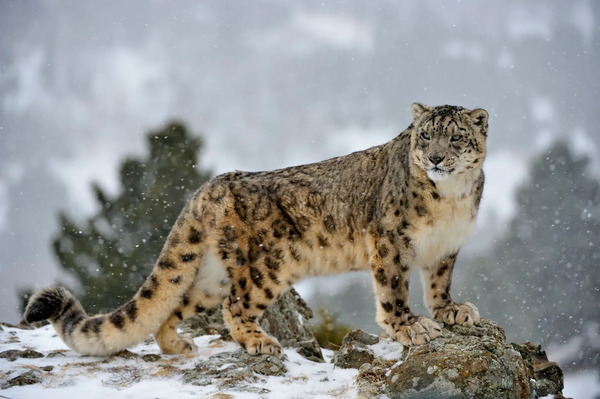
Snow leopards are solitary hunters known for their stealth, patience, and incredible agility on steep cliffs and rocky terrain. Their ability to move quietly and pounce on prey from a distance makes them one of the most efficient predators in the world.
Apex predators are vital to maintaining the balance of ecosystems. They regulate the populations of other species, which helps maintain biodiversity and ensure that the ecosystems remain healthy and sustainable. Without these top carnivores, ecosystems could experience overpopulation of prey species, leading to the depletion of vegetation and a cascade of negative ecological impacts.
The top 10 apex predators featured in this article exemplify the power and versatility that these creatures possess. From the stealth of the snow leopard to the strength of the polar bear, each of these apex predators has evolved to dominate its environment. Understanding their role in the food chain is crucial for conservation efforts, as protecting these animals means preserving the intricate balance of the natural world.
animal tags:
We created this article in conjunction with AI technology, then made sure it was fact-checked and edited by a Animals Top editor.